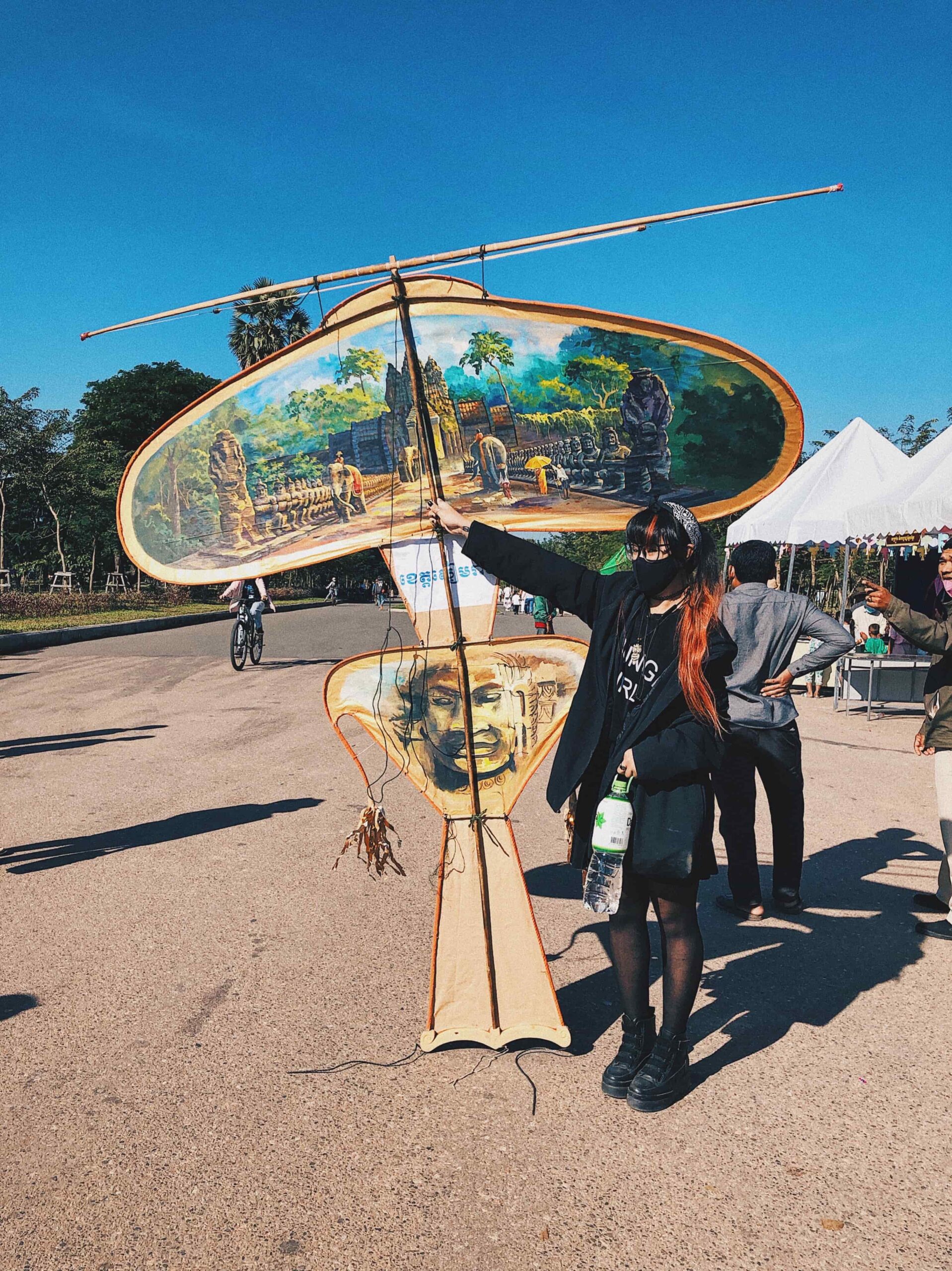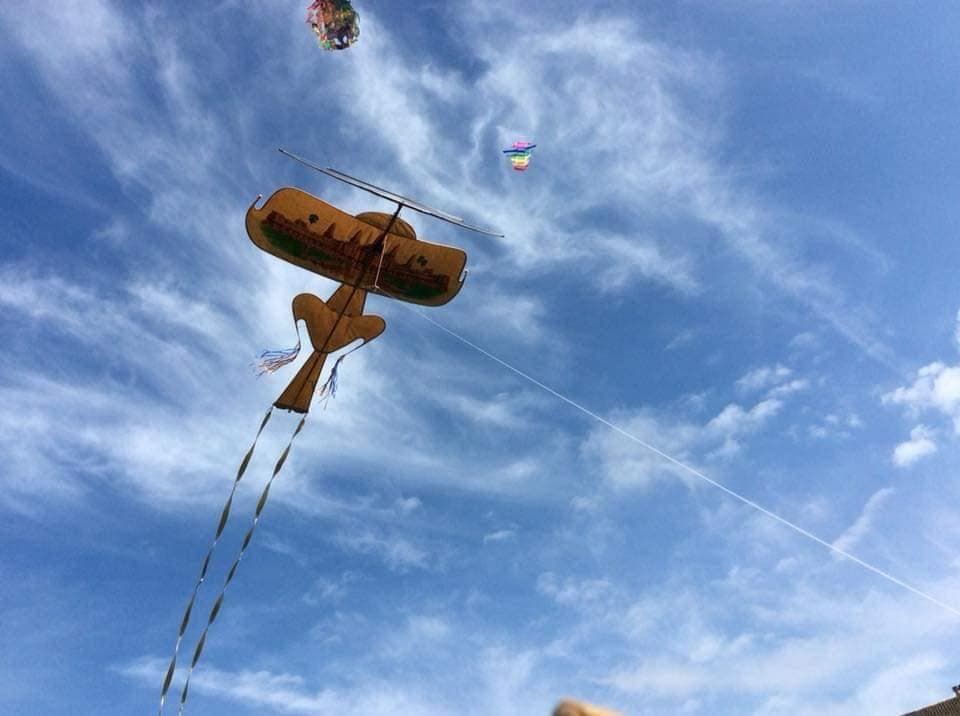Flying kites is one of Cambodia’s traditional activities for a very long time, and it is so popular among kids in rural areas. Cambodia has so many types of kites, and the designs vary depending on the areas and regions. Among those, Ek Kite is probably the one with the oldest history. People created them to fly during harvesting season which is the windiest time of the year. Flying Ek Kite has a strong connection with the agricultural section, and people are still doing it today.
How To Make It
Ek Kite has the most difficult procedures compared to regular kites that kids fly. It is required to pick durable and high-quality materials to ensure a perfect final result. The challenging part about making the kite is the “Ek” part. So “Ek” is the part of the kite that make beautiful sounds as the kite soars in the sky. Yes, this type of kite makes sound and that is why it is so special.
The process of making Ek is very careful and precise, and the materials include bamboos and palm leaves. Both the structure and the leaves have to be in the right place so that everything comes out perfectly. After finishing making the Ek, makers try swinging it multiple times until they achieve the sound they want. Then, they will connect it to the rest of the kite.
How To Fly It

Ek Kite is huge, you can probably tell by the picture of me holding it. I mean I am small, but the kite is very big. You can’t just fly this special kite anywhere. You have to choose an open spot where there are no large trees to avoid tangling. At the same time, that open space has to have a steady strong wind so that the kite can soar high. The higher it goes, the louder and further the sounds go.
Final Words
This tradition is not as common during harvesting season anymore in Cambodia, unfortunately. You can’t even find a lot of people who can make Ek Kite because the knowledge hasn’t been passed down widely. The only time you see people flying this special kite now is during some events once or twice a year. I was lucky to see one during my solo trip to Siem Reap, and it was a very exciting experience to have.
Related Post: Cambodia’s Guinness World Records
